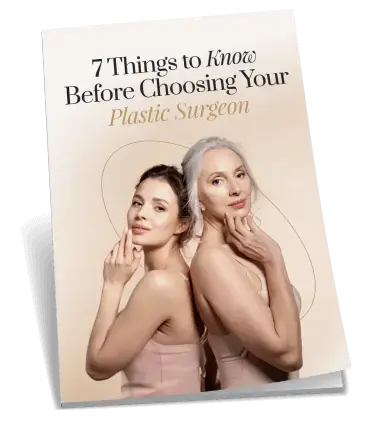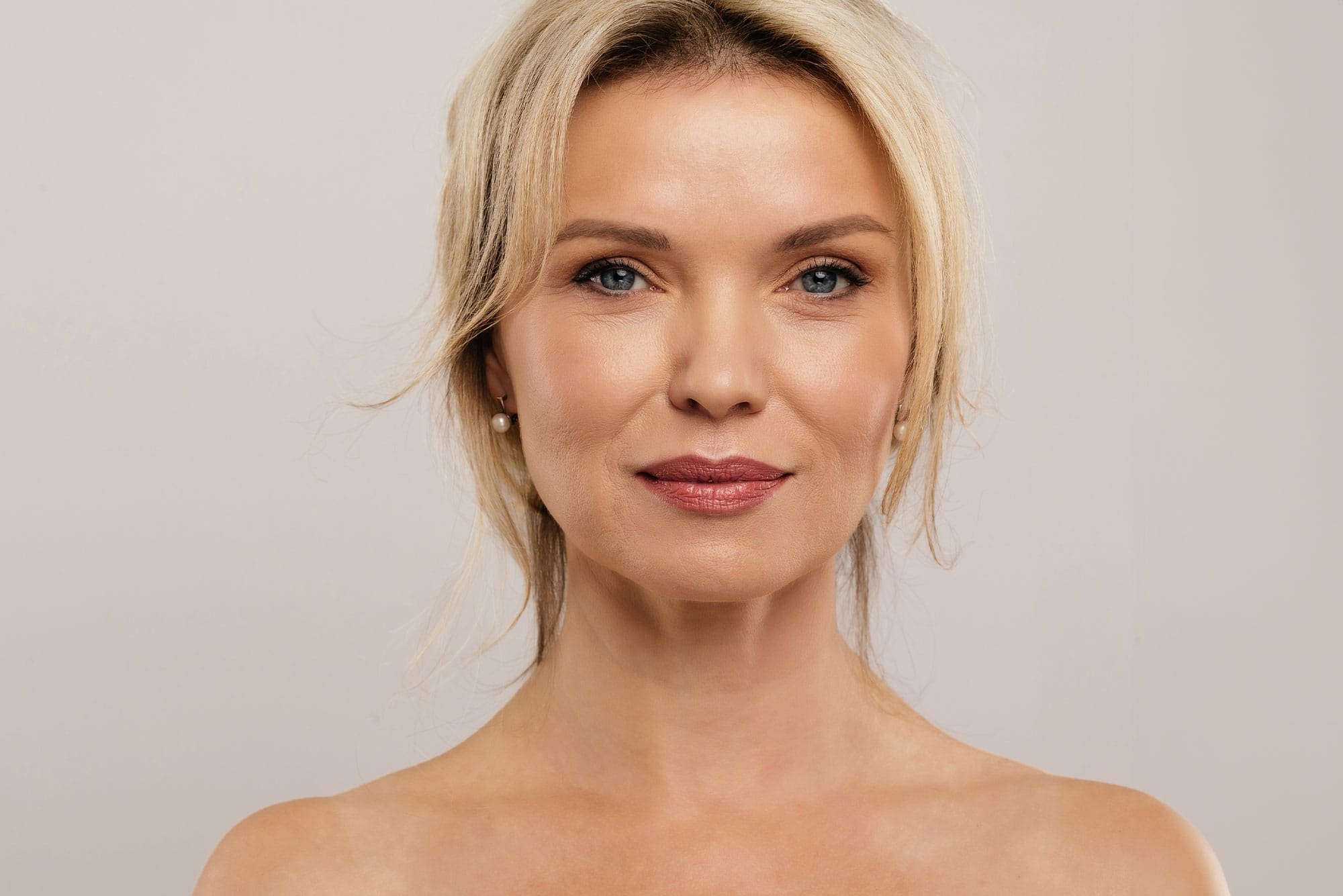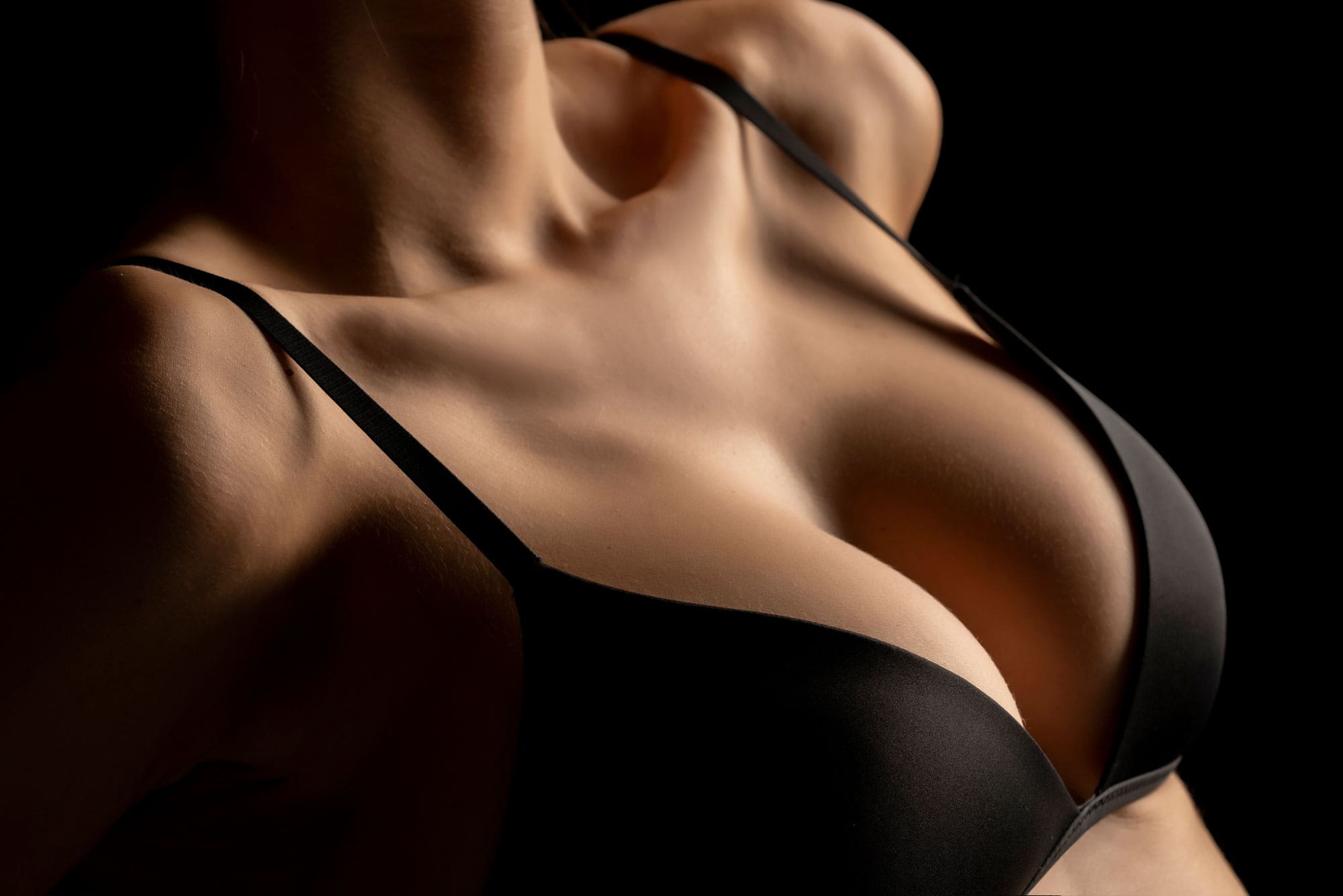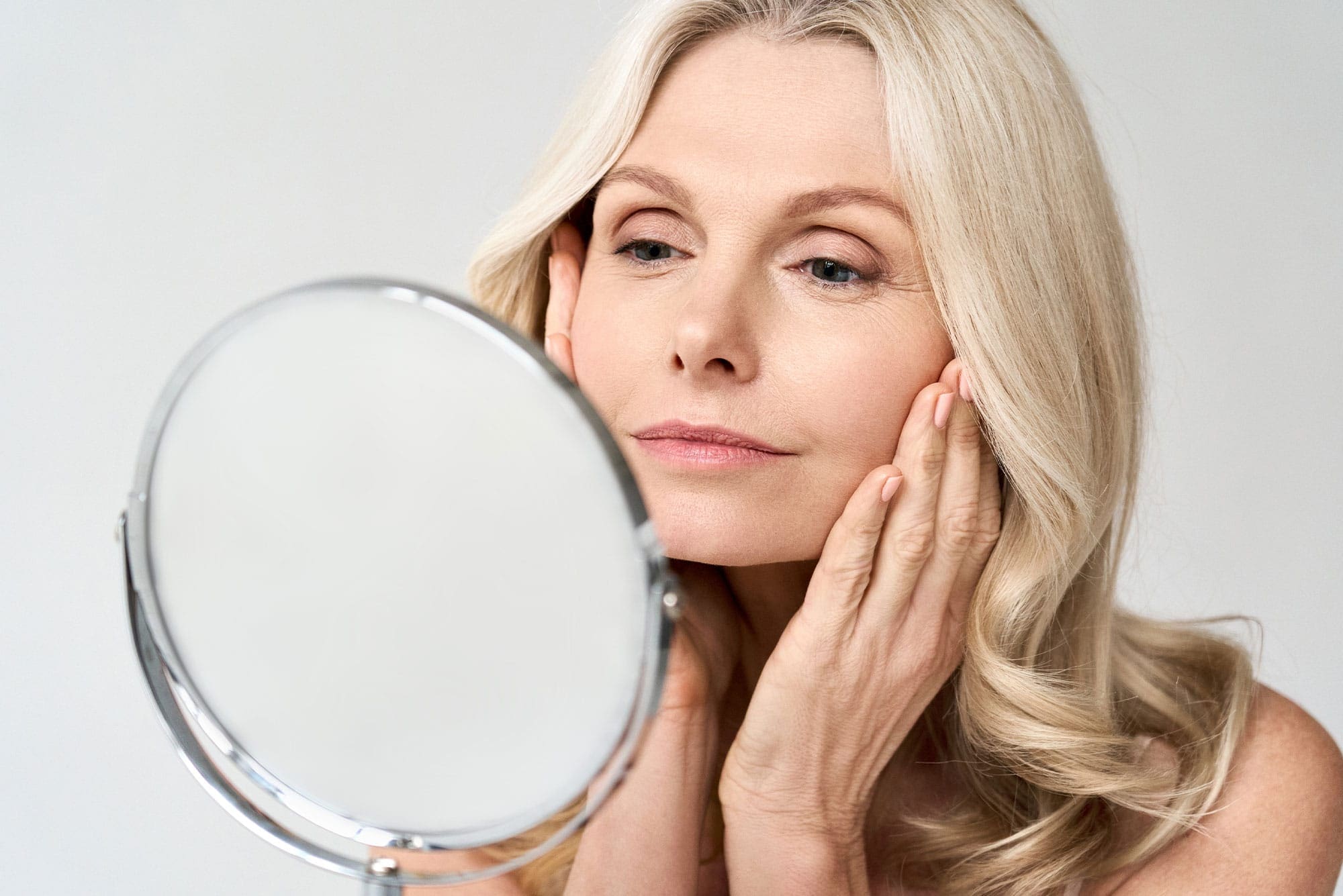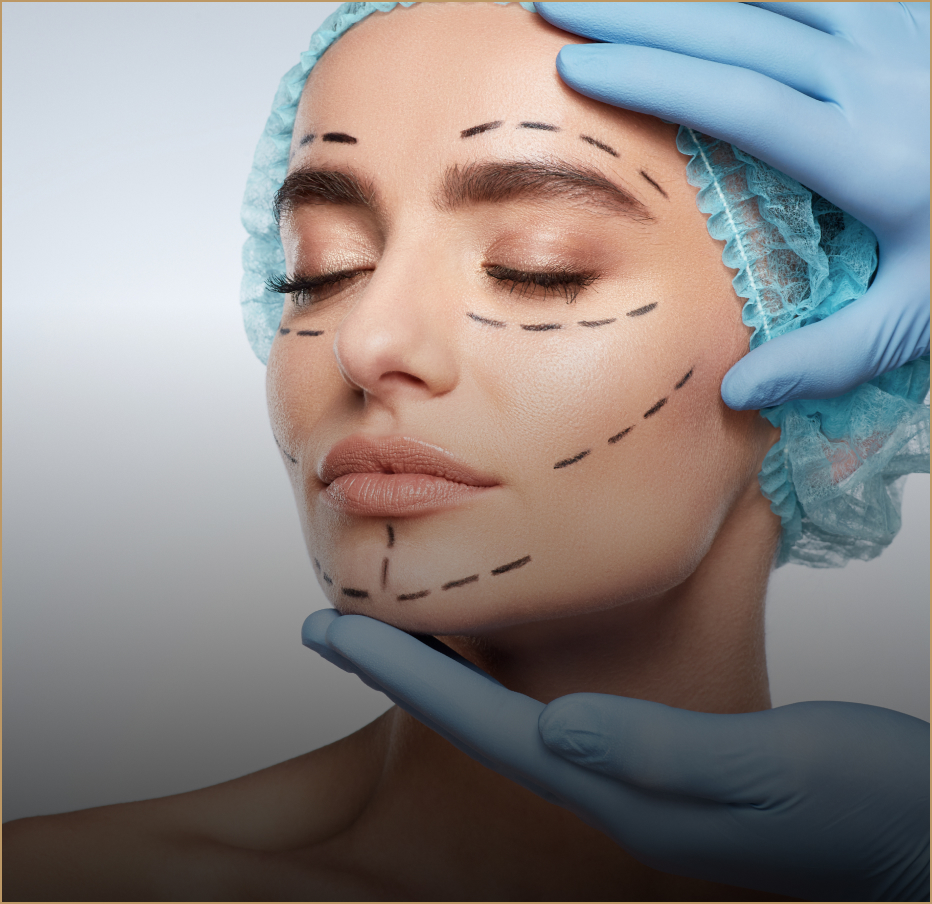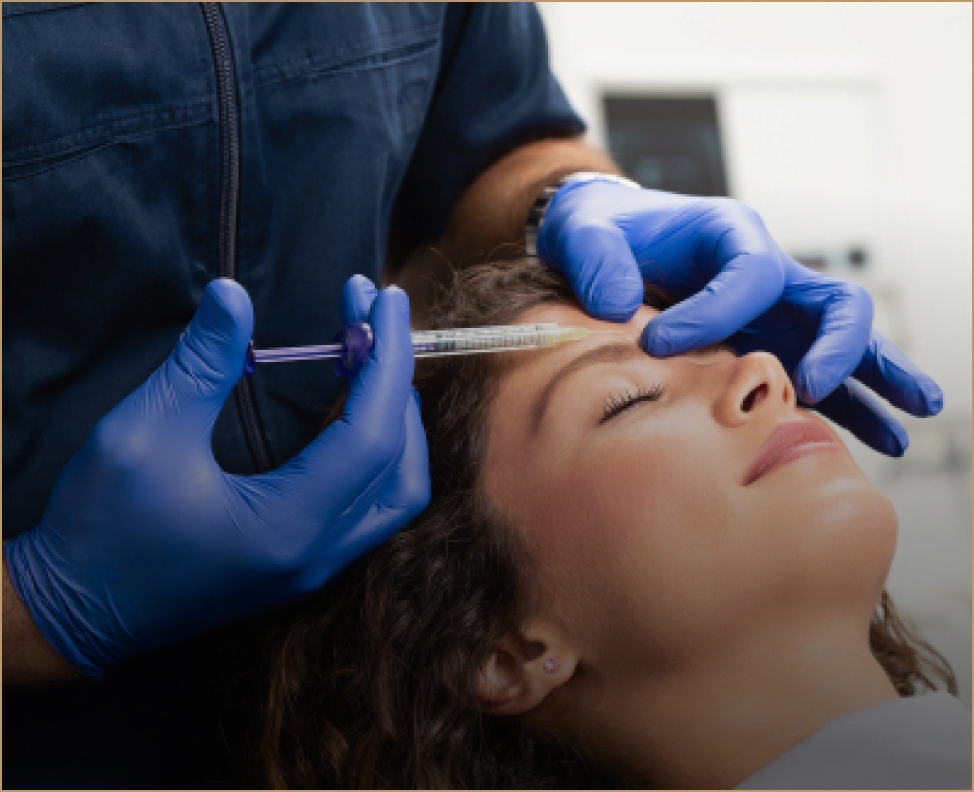
CoolSculpting has quickly emerged as a popular, non-invasive treatment for targeted fat reduction. As more individuals opt for cosmetic procedures that require minimal downtime and offer significant results, understanding the safety, risks, and rewards of such treatments is paramount to making the right decision for you.
Understanding CoolSculpting
What is CoolSculpting?
CoolSculpting, medically known as Cryolipolysis, is an innovative cosmetic procedure that specifically targets and eliminates stubborn fat cells by exposing them to cold temperatures. Unlike weight loss that shrinks fat cells, CoolSculpting eradicates them, ensuring they don’t regenerate. Once these fat cells are frozen during the procedure, they undergo a natural death process (apoptosis). Over time, the body’s lymphatic system gradually processes and flushes these cells out, resulting in a more sculpted physique over a span of several weeks to months.
The Science Behind the Treatment
Diving deeper into the science of CoolSculpting, it’s essential to note the different vulnerabilities between fat cells and other tissue types. Fat cells are uniquely sensitive to cold exposure, more so than the surrounding skin, muscles, and nerves. When controlled cooling is precisely applied to a chosen area, the fat cells begin to crystallize, initiating their breakdown. This specific targeting ensures that the skin and surrounding structures remain unharmed, preserving their integrity and function.
The Safety Profile of CoolSculpting
FDA Approval and Clinical Studies
The U.S. Food and Drug Administration (FDA) has endorsed CoolSculpting for its safety and effectiveness in fat reduction across multiple body areas, including the abdomen, thighs, submental area, and even the back. This approval was backed by numerous clinical studies and trials. In these studies, the majority of participants reported a significant and lasting reduction in fat layers in the treated areas, further underscoring its efficacy.
Common Side Effects and Their Duration
Like any other cosmetic intervention, CoolSculpting isn’t entirely devoid of side effects. However, what sets it apart is the mild nature of these side effects. Patients frequently report sensations of redness, minor swelling, bruising, or tenderness at the treatment location. While these might cause slight discomfort, they are not long-lasting. In most cases, these symptoms diminish within a week or two, allowing patients to resume their daily activities without prolonged downtime.
Rare But Serious Complications
On rare occasions, complications can arise post-CoolSculpting. One such infrequent but noteworthy complication is Paradoxical Adipose Hyperplasia. In this condition, instead of the fat layer decreasing in size post-treatment, it enlarges, leading to an unexpected and undesired bulge. While this might sound alarming, it’s important to remember its rarity. Nevertheless, a well-informed patient is a prepared patient. Hence, it’s of utmost importance to discuss potential risks, even if they are seldom observed, with a seasoned practitioner before deciding on the treatment.
The Rewards: Benefits of CoolSculpting
Immediate and Long-term Results
The allure of CoolSculpting often lies in the promptness and durability of its outcomes. While individual experiences vary, many patients observe initial changes as early as one month post-procedure. These results intensify over time, with the most conspicuous transformations typically emerging around the two-three month mark.
Non-invasive Advantage: No Scars, No Surgery
One of CoolSculpting’s crowning achievements is its ability to offer effective fat reduction without the hallmark invasiveness of traditional surgeries. Where procedures like liposuction demand incisions, potential scarring, and the inherent risks of anesthesia, CoolSculpting sidesteps these concerns entirely. By operating externally, it removes the need for recovery downtime and significantly mitigates the risk of complications, rendering it an attractive option for those hesitant about surgical interventions.
Making an Informed Decision
Questions to Ask Your Practitioner
Prior to embarking on your fat loss journey, it’s imperative to be armed with information. Engage with your practitioner with questions like:
- What’s your experience level with CoolSculpting?
- Can you provide before-and-after photos of previous clients?
- How should I prepare for the session, and what post-treatment care is advised?
- In rare instances of complications, how are they managed?
Identifying a Qualified CoolSculpting Clinic
The success of CoolSculpting, to a significant extent, hinges on the expertise of the clinic and its professionals. Seek out clinics with certified practitioners who have undergone rigorous training. Additionally, the availability of advanced equipment and a demonstrated history of satisfied clientele can be good indicators of a reputable clinic.
Individual Factors to Consider: Health, Goals, and Budget
The decision to undergo CoolSculpting should be holistic, factoring in personal health, the desired aesthetic outcome, and financial considerations. Ensuring you’re in good health can optimize results and recovery. Aligning expectations with achievable outcomes is key. Lastly, while CoolSculpting can be an investment, understanding the full spectrum of costs upfront can aid in making an informed choice.


